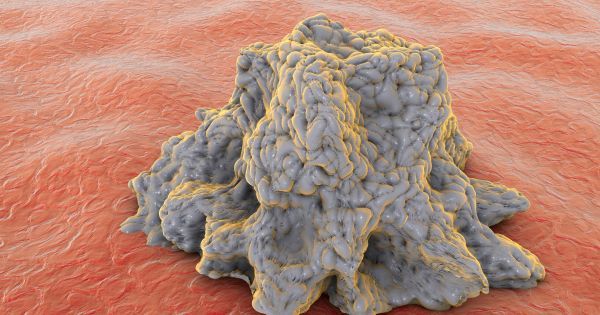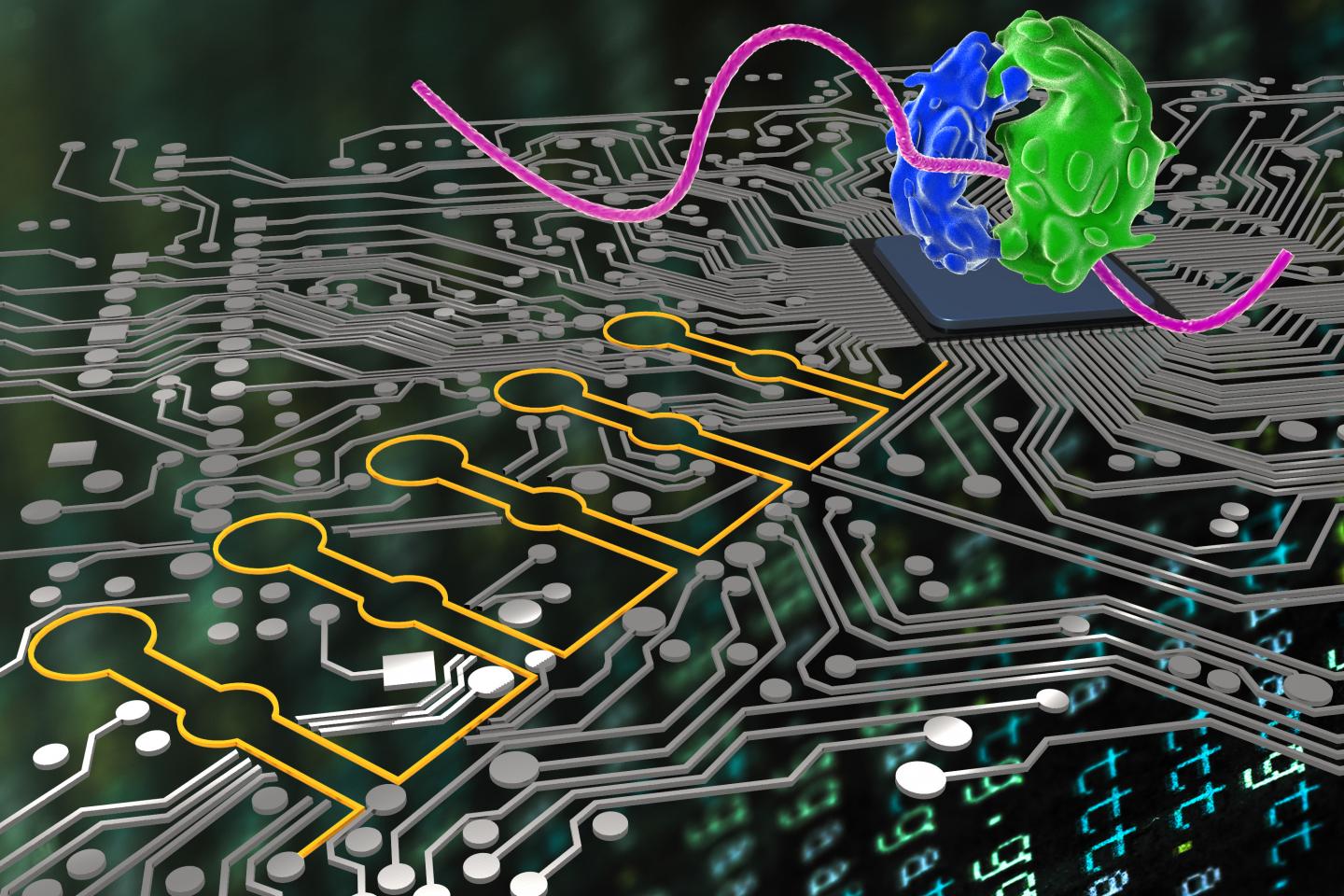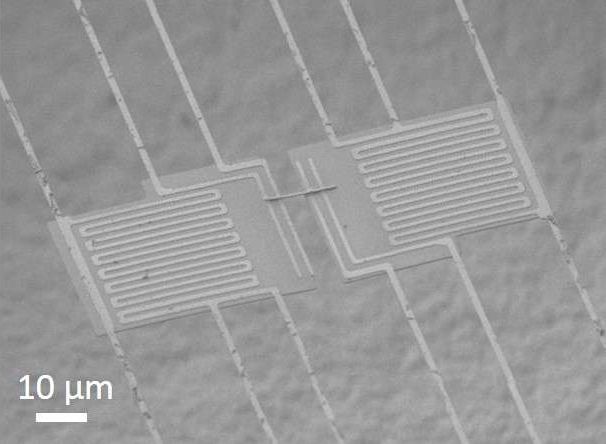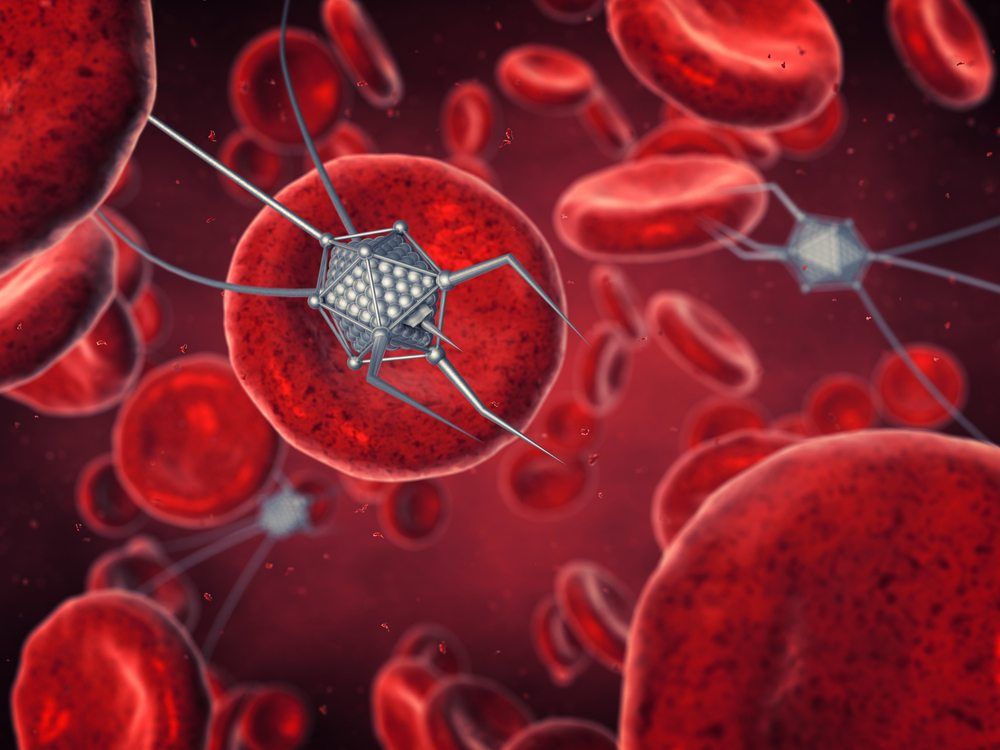Aug 10, 2017
Futurist Gray Scott: We Can’t Ignore Our Psychological Future
Posted by Johnny Boston in categories: computing, disruptive technology, education, ethics, futurism, innovation, internet, media & arts, mobile phones, nanotechnology, philosophy, robotics/AI, software, transhumanism, virtual reality
Why are we often so wrong about how the future and future technology will reshape society and our personal lives? In this new video from the Galactic Public Archives, Futurist Gray Scott tells us why he thinks it is important to look at all aspects of the future.
Follow us on social media:
Twitter / Facebook / Instagram
Continue reading “Futurist Gray Scott: We Can’t Ignore Our Psychological Future” »

















